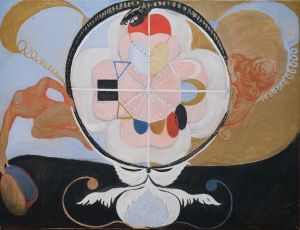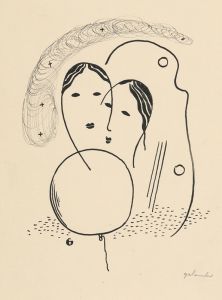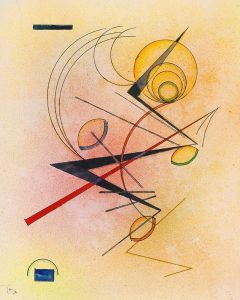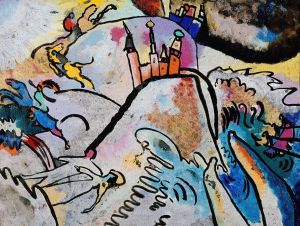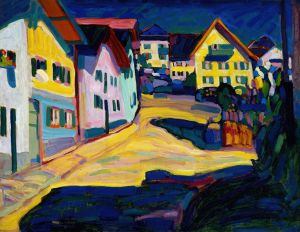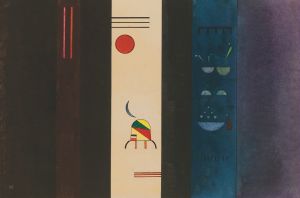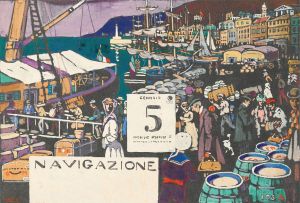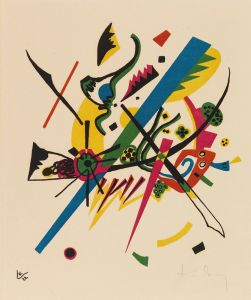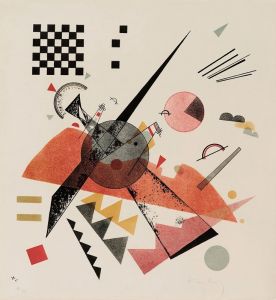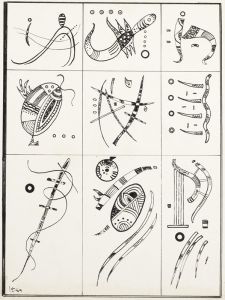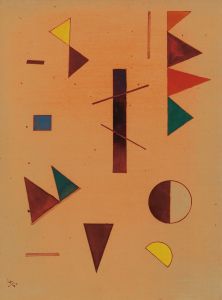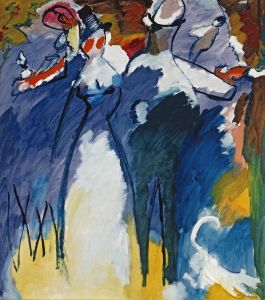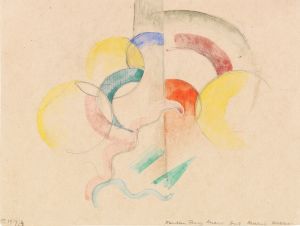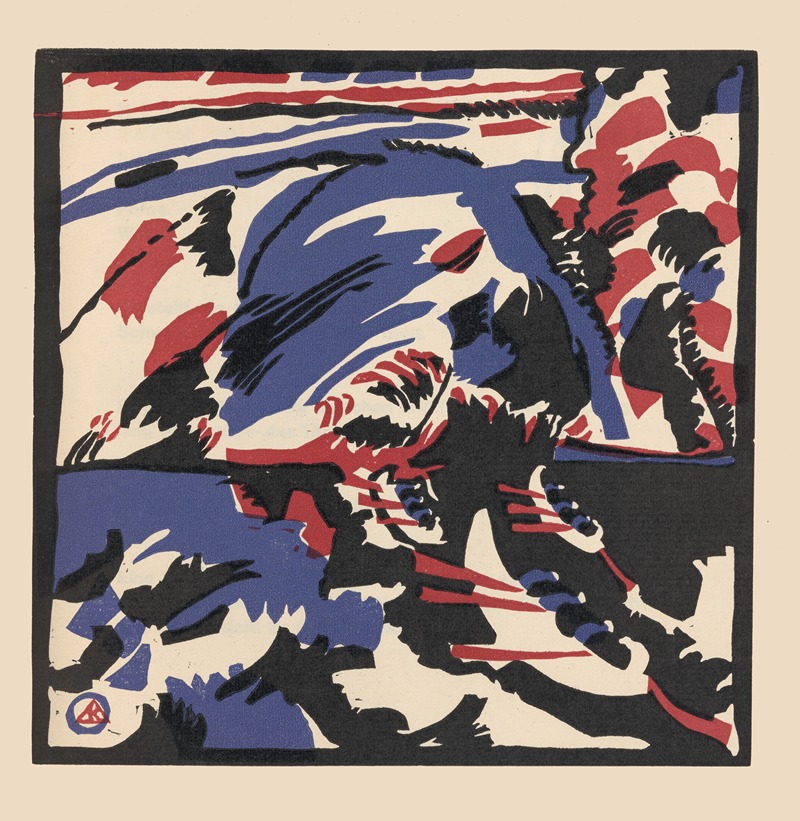
Klänge Pl.12
A hand-painted replica of Wassily Kandinsky’s masterpiece Klänge Pl.12, meticulously crafted by professional artists to capture the true essence of the original. Each piece is created with museum-quality canvas and rare mineral pigments, carefully painted by experienced artists with delicate brushstrokes and rich, layered colors to perfectly recreate the texture of the original artwork. Unlike machine-printed reproductions, this hand-painted version brings the painting to life, infused with the artist’s emotions and skill in every stroke. Whether for personal collection or home decoration, it instantly elevates the artistic atmosphere of any space.
"Klänge Pl.12" is a work by the Russian painter Wassily Kandinsky, who is widely regarded as one of the pioneers of abstract art. Kandinsky was born on December 16, 1866, in Moscow, Russia, and later became a prominent figure in the art world, particularly known for his contributions to abstract painting and his theoretical writings on art.
"Klänge" (translated as "Sounds") is a book of poetry and woodcuts by Kandinsky, first published in 1913. It is considered one of his most significant works, combining his interests in visual art and literature. The book contains 38 prose-poems and 56 woodcuts, and it represents an important step in Kandinsky's journey towards abstraction.
Plate 12 (Pl.12) from "Klänge" is one of the woodcuts included in this publication. Like many of Kandinsky's works from this period, it reflects his interest in the synthesis of the arts, where visual and auditory elements are intertwined. The woodcuts in "Klänge" are characterized by their abstract forms and bold use of line and color, which are intended to evoke emotional responses rather than representational accuracy.
Kandinsky's work during this period was heavily influenced by his theoretical ideas about art, which he articulated in his seminal book "Concerning the Spiritual in Art" (1911). In this text, Kandinsky argues that art should express the inner life of the artist and evoke a spiritual response in the viewer. He believed that abstract forms and colors could convey emotions and ideas more effectively than representational art.
The woodcuts in "Klänge," including Plate 12, are examples of Kandinsky's efforts to put these theories into practice. The abstract forms in these works are intended to resonate with the viewer on a deeper, more intuitive level, bypassing the need for literal interpretation. This approach was revolutionary at the time and helped to pave the way for the development of abstract art in the 20th century.
Kandinsky's use of woodcut as a medium is also significant. Woodcut is a printmaking technique that involves carving an image into a wooden block, inking the block, and then pressing it onto paper. This method allows for bold, graphic lines and a high level of contrast, which are well-suited to Kandinsky's abstract style. The tactile quality of the woodcut process also adds a physical dimension to the work, emphasizing the materiality of the art object.
"Klänge Pl.12" exemplifies Kandinsky's innovative approach to art-making and his commitment to exploring new forms of expression. It is a testament to his belief in the power of abstract art to communicate complex emotions and ideas, and it remains an important work in the history of modern art.
In summary, "Klänge Pl.12" by Wassily Kandinsky is a woodcut from his influential book "Klänge," which combines poetry and visual art to explore the possibilities of abstraction. This work reflects Kandinsky's theoretical ideas about the spiritual potential of art and his pioneering efforts to create a new visual language.





